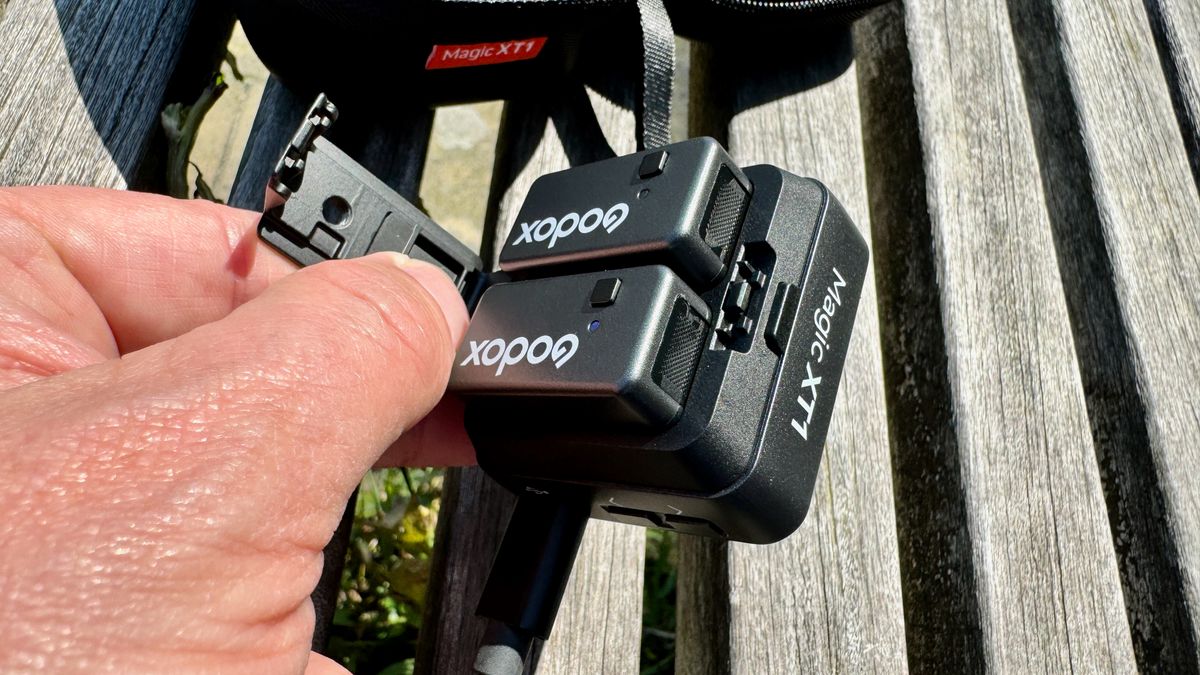Godox has been designing and manufacturing lighting and audio equipment for over two decades so it’s no surprise that you’ll find many Godox product reviews on this site. Indeed I’ve tested and reviewed four Godox mics within the last year of writing this, which is an indication of how prolific the company is – the most recent release was just a few weeks ago with the Godox WES2. If you are shopping around for a new microphone then you might also find our best lavalier mic buying guide of interest.
So do we need yet another wireless mic kit from Godox? Well, the Godox Magic X1 has a unique trick up its sleeve in relation to its design. But will this innovation have you under its spell or is it just smoke and mirrors? Read on to find out…
The branded Godox carry case protects your kit when its being transported. It also has pockets for fiddly but essential accessorises such as magnets, cables and windshields. (Image credit: George Cairns / Digital Camera World)
Godox Magic XT1: Specifications
Swipe to scroll horizontally
| Sampling Rate | 48kHz/24bit |
| Max SPL | 115dB |
| Pick-up Pattern | Omnidirectional |
| Transmission Type | 2.4GHz Frequency hopping system |
| Dynamic Range | 70 dB |
| Battery Life | 8 hours approximately |
| Max Distance | 200m (with line of sight) |
| Onboard recording | No |
| Dimensions | 0.66 x 0.35 x 0.25 in |
| Net Weight | 8g |
Swipe to scroll horizontally
| Reception Type | 2.4GHz Frequency hopping system |
| Max Distance | 200m (with line of sight) |
| Screen Type | Colour OLED |
| Battery Life | 16 hours |
| Dimensions | 0.94 x 0.94 x 0.69 in |
| Net Weight | 50g |
Godox Magic XT1: Design & Handling
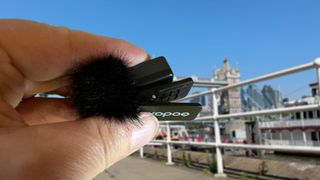
You can attach a transmitter via a magnet or by using a more traditional clip. The windshield slides on easily and is very effective. (Image credit: George Cairns / Digital Camera World)
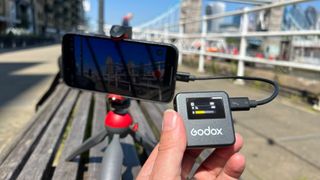
You can use the receiver’s touchscreen to activate noise reduction on the transmitters or adjust their audio volume levels etc. Here we’ve attached the receiver to an iPhone via a USB-C to USB-C cable (not supplied). (Image credit: George Cairns / Digital Camera World)
Godox Magic XT1: Performance

The Magic XT1 system enables you to walk and talk wirelessly as it capture a high quality recording of your voice – even from a distance and in a noisy location. (Image credit: George Cairns / Digital Camera World)
Godox Magic XT1: Verdict
Swipe to scroll horizontally
| Features | 48kHz/24bit Hi-Res audio technology makes your voice sound great and the 2.4GHz Frequency hopping system helps avoid drop out. | ★★★★★ |
| Design | The receiver’s ability to store and charge the transmitters is an innovative design, but it still needs to be carried in a standard sized Godox case. | ★★★★☆ |
| Performance | Your voice sounds great even with noise reduction technoogy applied to it Score. | ★★★★☆ |
| Value | As it features great quality audio and has an interactive touchscreen this kit is a bargain! | ★★★★★ |
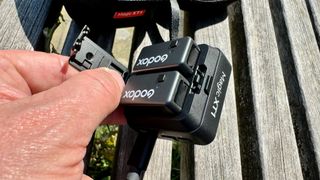
Both transmitters dock into the receiver where they can enjoy a top-up charge. Simply flip the clasp to remove a magnetically attached transmitter when you’re ready to record. (Image credit: George Cairns / Digital Camera World)
✅ Buy this…
- Because it gives you effective noise reduction.
- Because it goes the distance without dropping out.
🚫 Don’t buy this…
- If you need the safety net of onboard recording.
- If you prefer a transmitter with a plug socket rather than dangling cables.
Alternatives
Godox Magic XT1: Price Comparison
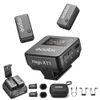
![]()
